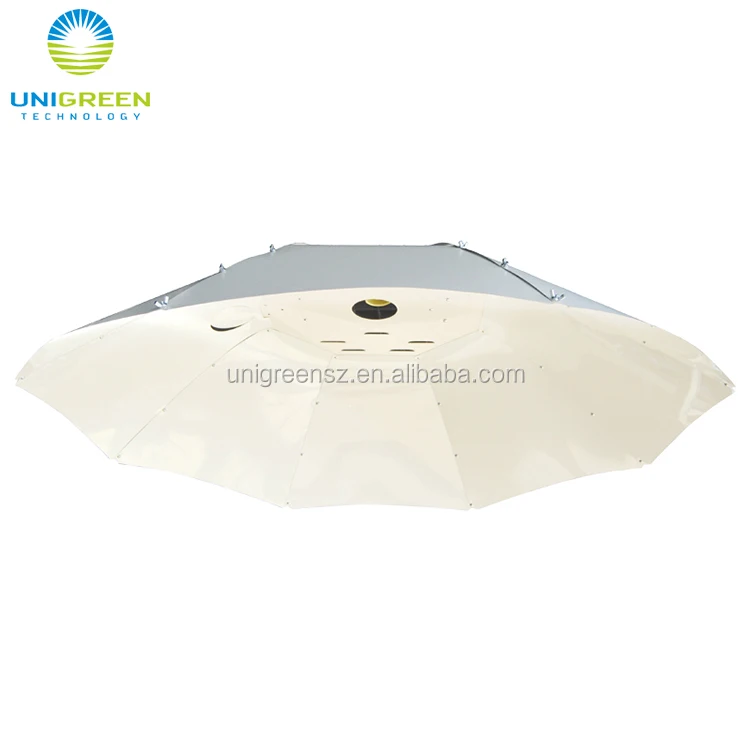

Like many other solar collectors, parabolic trough reflectors are modular, meaning that the individual troughs can be connected together. The advantages of this type of tracking mode is that very little collector adjustment is required during the day resulting in the solar trough always facing the sun at noon time, but the collector performance early in the morning or late in the afternoon is greatly reduced due to the large incidence angles of the trough.Įven though solar trough collectors use tracking systems to keep them facing the sun, they are most effective in sunnier climates where there are good solar resources. Parabolic troughs are generally aligned on a north-to-south axis, and are rotated to track the sun as it moves across the sky each day from morning to night. The collector generally has a single rotation axis along the length of the trough which can be orientated in an east-to-west direction, tracking the sun from north to south, or orientated in a north-to-south direction and tracking the sun from east to west. This can be achieved by using a Tracking Solar Concentrator that aligns the trough with the sun throughout the day, maximising the solar heat gain. To overcome this problem, most concentrating collectors require some form of mechanical equipment that constantly orients the collectors towards the sun keeping the heat pipe absorber at the correct focal point. The heat transfer fluid which is usually a mixture of water and other additive’s or thermal oil, is pumped through the tube and absorbs the solar heat reaching temperatures of over 200 oC. The parabolic trough reflector can generate much high temperatures more efficiently than a single flat plate collector, since the absorber surface area is much smaller. The heat tube contains a heat-transfer fluid which is pumped around a loop within the tube absorbing the heat as it pass through. A metal black heat tube inside a sealed glass tube which can also be evacuated is used to reduce heat losses. The parabolic trough reflector when used as a solar thermal energy collector is constructed as a long parabolic reflecting mirror which is usually painted a reflective silver, or made from polished aluminium, or uses mirrors which extends linearly into the trough shape. Since solar light waves essentially travel parallel to each other, this type of solar collector can be pointed directly into the sun and still achieve a total focal output from all parts of the trough shaped reflector as shown. Utilizing a coil fed system keeps the manufacturing process consistent and reduces marginal material shifting.Parabolic Trough Reflectors or PTR, are made by simply bending a sheet of reflective or highly polished material into a parabolic shape called a parabola. The standard reflector is manufactured using more traditional methods with prefabricated sheet stock. The high efficiency reflector will be formed with a coil fed system.

The manufacturing process has remained the same for decades, but now is the time for change! With new innovation and design, improvements have been made for ideal workflow and product consistency. We have been bending reflectors in Buffalo for over 50 years now. Stainless steel is traditionally used in outdoor applications.Īluminum's reflective qualities make it the ideal metal for infrared tube reflectors. Aluminum is the preferred of these two options because of its reflective qualities. The type of material used and its reflective properties influence the effectiveness of the reflector. Both reflector variations are available in aluminum and stainless steel. Roberts Gordon offers parabolic reflectors with two levels of efficiency - standard and high efficiency. A flawless design would allow for each reflector bend to direct heat to the space, without any rays directed back to the tube. The design of the reflector is critical to deliver as much of the energy from the heated tube to the floor level. Reflectors direct heat and energy from the radiant tube, down into the space. Reflectors are designed in many different shapes and sizes, all of which produce different heat patterns.


 0 kommentar(er)
0 kommentar(er)
